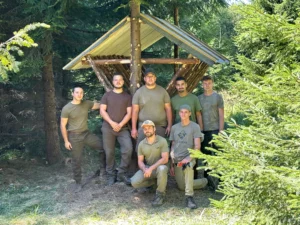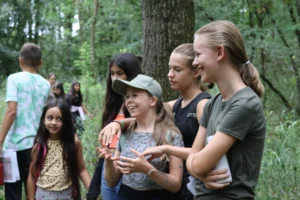Our summer internship series was concluded with the internship in Bóly, organised by the wildlife management branch of Bóly Zrt. from 15 to 23 August. As in Nagybajom, Békáspuszta hosted a student for the first time this year, and you can read about their experiences in the last entry of our Summer Internship Diaries series.
My experience in Békáspusztá
I am doing my internship in the hunting area of Bóly Zrt., a 44.000 hectare, typically big game area, which boasts the best deer population in the country. It has a special status in the South Transdanubian region due to its outstanding genetic value and numerous trophies with high scores and weights, which are outstanding in the world, demonstrate the professional competence and enhance the reputation of the hunting area.
The hunting area itself stretches from the town of Siklós to the Danube, and in the south to the border with Croatia. It is characterised by its diversity, covered with woodland and reeds, and rich in agricultural crops (maize, sunflower, soya). It has a single enclosed garden, a 200 ha wild boar enclosure with its own water flow and solar well.
In the middle of August, the deer rut is not so typical, and the roe deer have already cleared their antlers but are still moving in groups, the rut has not yet started, so the preparation for the rut is the most timely task.
Every evening or early morning during my internship, we would go to a professional hunter's district to get to know the characteristics of the area, its features, hunting equipment and check their condition.
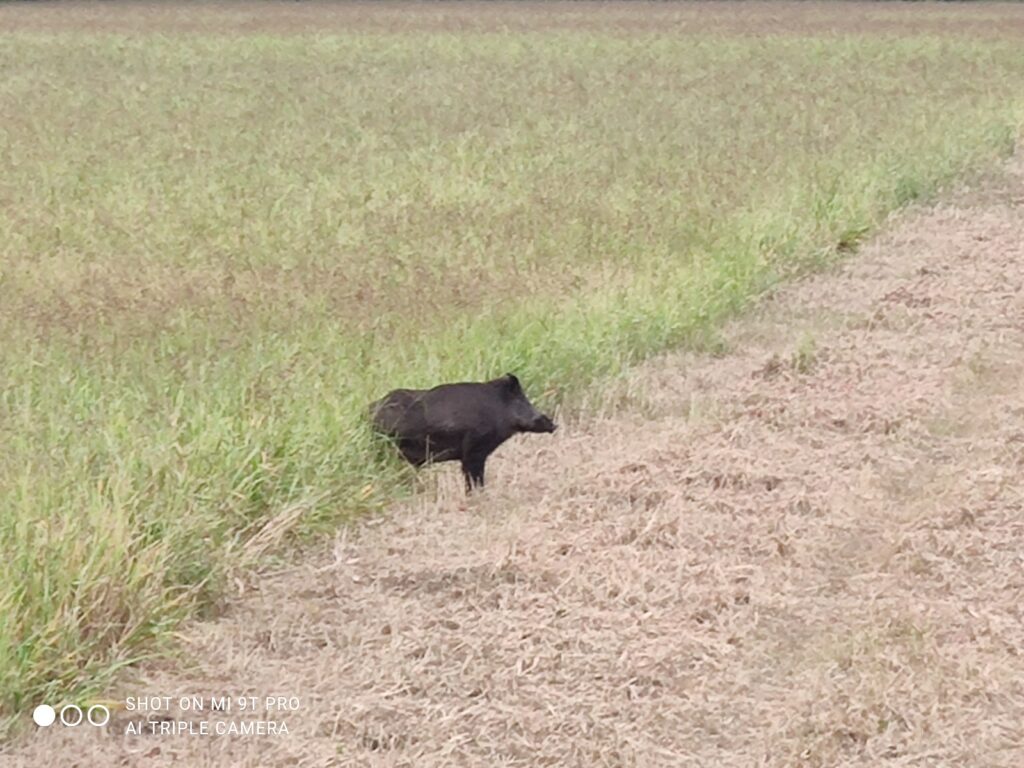
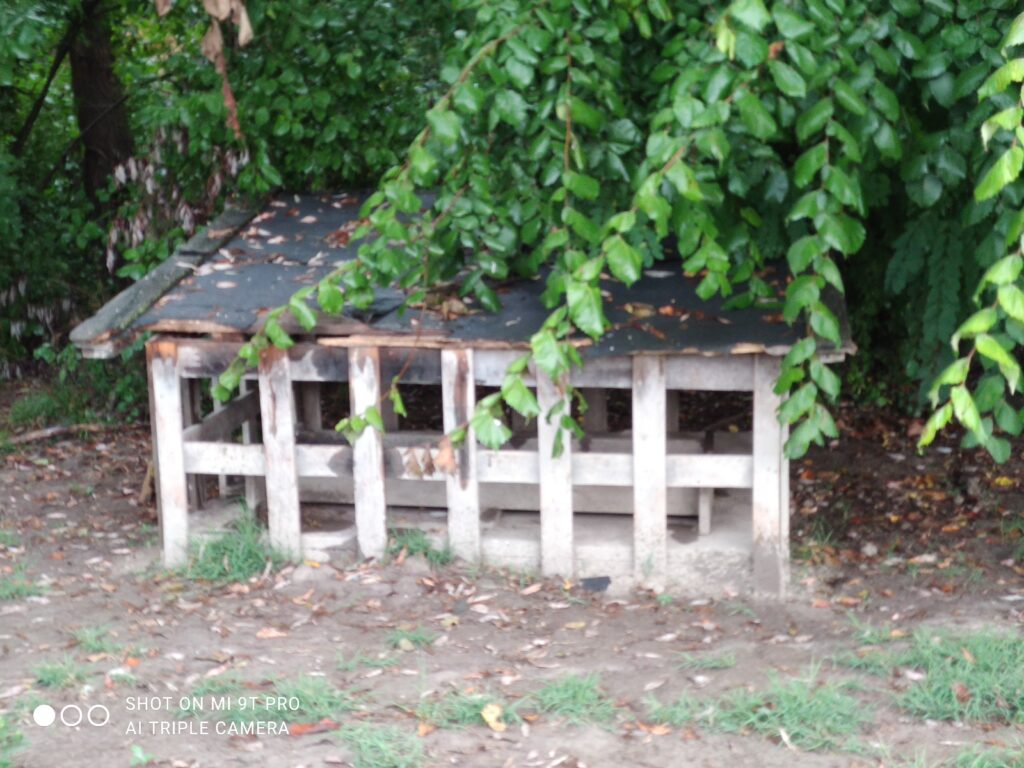

On the first evening of my internship, we visited the wild boar garden near Beremend, and looked at the wild fields, which are dominated by sorghum and oats. The wild boar garden is protected by three rows of electric fences, the reason for this is to prevent accidental entry of wild boars from outside due to ASF. The garden is stocked with the help of traps located on the premises of Bóly Zrt. The garden itself is not divided and there is no separate pig rearing or farrowing area. In the garden we checked the condition of the high pastures and then monitored the movements of the game from one of the high pastures.
The next morning at 6 am we left for Sátorhely, where the new high camps were already ready, which were delivered, set up and stabilised at various points of the Bóly Hunting Ground. In the storm-prone areas, we have re-installed the high stakes in good condition and reinforced the stakes and the slats of the palisade section. Meanwhile, colleagues said that safety is the most important thing when hunting, which is why the condition of the high alpine meadows needs to be taken into account. Of course, the strategic positioning of the high passes and the "network topology" of the high passes is very important. The idea behind high alpine pastures is to have a good view, to be able to handle trophy game properly, but at the same time a high alpine pasture should not be conspicuous, but rather as hidden as possible.
On the evening of my second day we visited the area of Kölked and the Danube-Drava National Park, we also visited the Béda estuary, including the Mosquito Island. The aim was to observe a roe deer, but instead of roe deer we "met" a family of golden jackals.
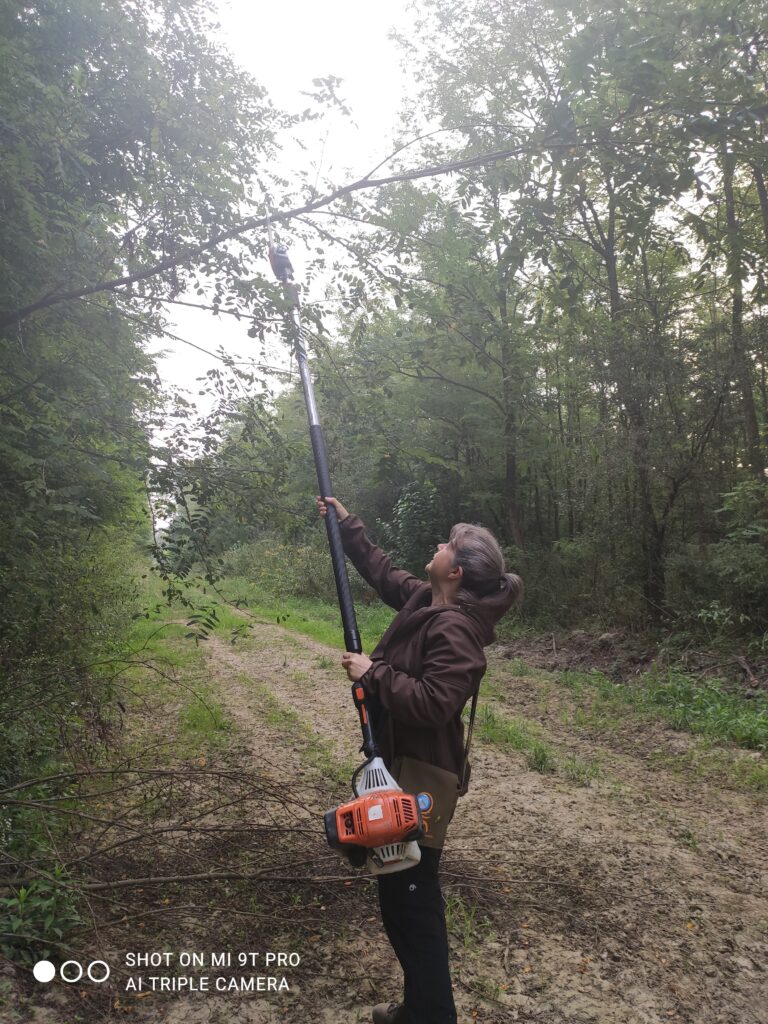
On the third day in the morning we went to the area of Nagyharsány to clear gullies and stalking paths, with loppers, machetes and brush cutters. We also had to make the high forest itself accessible, because access to it was quite difficult. Later on, a tractor with a stalk crusher was used to go along the paths, shredding the undergrowth along the paths and gullies. Meanwhile, we also watched for tracks on the muddy ground, very easily spotting deer, wild boar, jackal and pheasant tracks in the mud.
In the evening we visited the 4000 hectares of land near Nagynyárád, which is mostly agricultural land with maize, sunflower, soya, with forest cover totalling ha 150 hectares. The roe deer had already started to move, we could not attract their attention even with a deer whistle. But we did see plenty of roe deer bucks, sutas and gida in the area. We placed 5 kg blocks of salt in the appropriate salt pans, in places that are hidden from human view, but easily found by the deer.
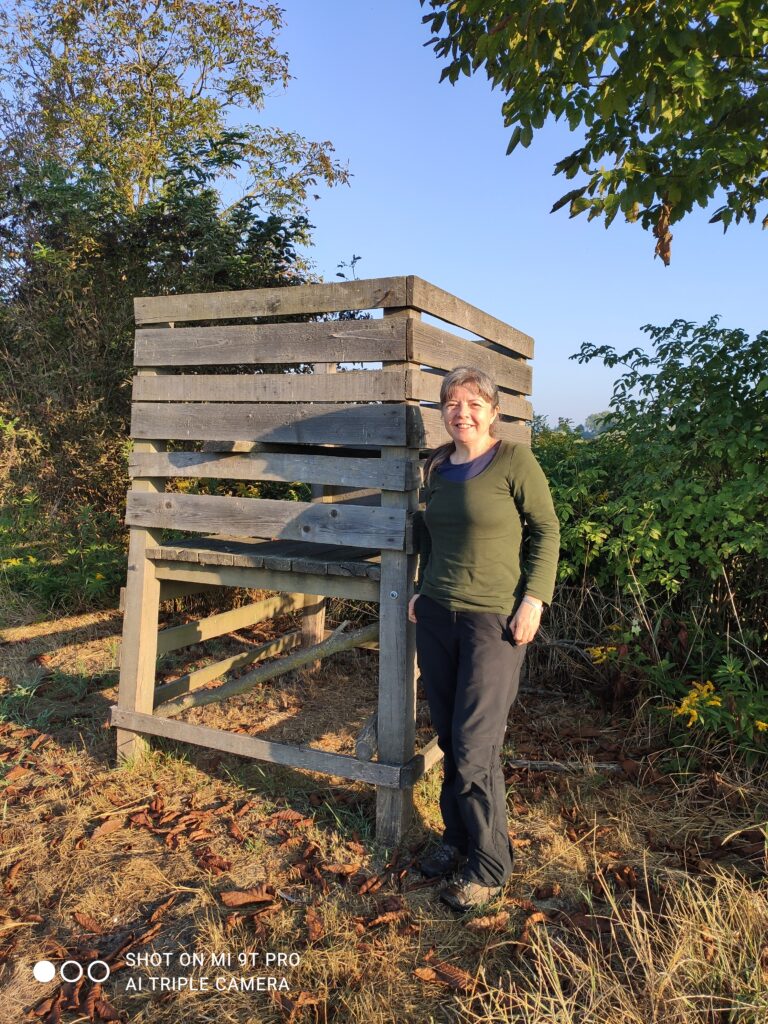
On Friday, the colleagues demonstrated trophy-making: we started by skinning and cleaning the head of a roe deer that had been hit by a car, then carefully lowered it into the boiling water so that the deer's antlers were no longer exposed to the water. Later, another skull, already cooked, was used to demonstrate further cleaning and bleaching methods. On this day, we also learned about office work: how to keep an individual hunting and game logbook: what data should be entered: serial number, date, safety zone, period, hunting licence number, name, signature. The colleague also showed me how to keep a co-hunting logbook. All wild boars killed due to ASF must be examined and the results of the examination must be forwarded to the hunting authority. The number and method of sampling must also be declared. Samples must also be taken from the killed golden scales, a form indicating which parts of the body should be excised and saved for further examination.
Saturday morning the weather turned rainy, but we went out anyway. This time the goal was the area around Vizslak, where we made high passes, cleared the gullies and scouting paths. We passed by a cornfield protected by an electric shepherd, here we checked the battery necessary for the operation of the electric shepherd, the connectors, and that the wire itself was undamaged, not overgrown by undergrowth. In the evening I was alone on a high ground near Békáspuszta. I had only binoculars with me. It was an interesting experience alone on a high alpine pasture: a large cornfield in front of me, the forest behind me, and a swamp behind the high alpine pasture. Unfortunately, the heat made it difficult for the wild boars to move, but probably the heavy rain the day before had also influenced the fact that the search for the tide was not urgent for the wild boars.
The next morning we went to the area of Töttös to check the high passes, reinforce them and clear the roads. My professional hunting colleague explained to me how to plan the deer hunt well: the bulls go to where the buck is when they are browsing, so we have to think with the buck's head: a safe, protected place where there is food and water available.
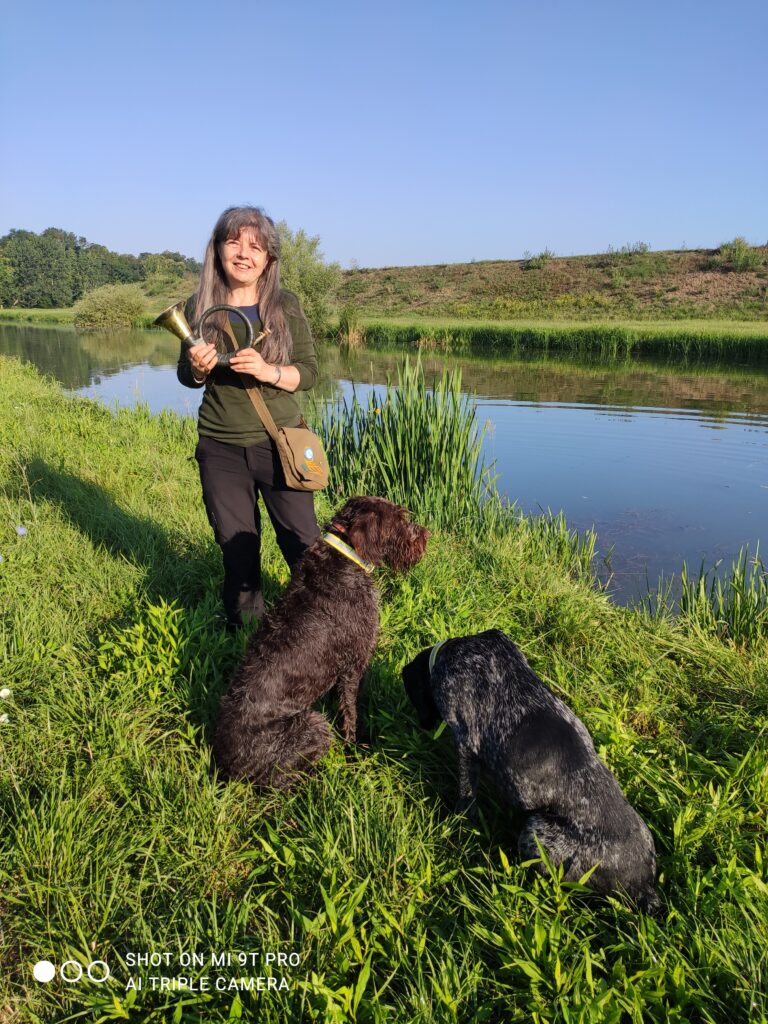
We started the following week by delivering feed - oats and oat mix - to the wild boar enclosure, then checked the wild boars and fed them corn. This gave me a chance to see how the wild trappers work. In the evening, we went to the wild boar garden again, but this time to another high altitude clearing close to a watering place for the deer. We managed to hear deer bellowing, although it sounded more like "singing" than actual deer bellowing. But we could hear them from three directions.
On Tuesday, we checked traps: a crate trap, which is a live catch trap, and a swan-neck trap, which is the opposite of the former. I learned about the traps, what bait they use, how they work and how to camouflage them properly so that scent marks and visual cues are not a giveaway to the diver. On the day, I heard a presentation on the training of hunting dogs and saw in practice how retrieving (with a wooden stick) works, what are the command words, whistle signals and what to look out for when selecting a puppy. That day I also got a short introduction about the bugle: how to carry on the tradition, the role of the bugle and I learned several bugle signals. As it turns out, the use of the bugle takes a lot of practice, but it can be learned.
On the last evening we went to the area near Majs, from the high hill we watched the deer coming to the stream, which was covered with bushes. This time we did not carry a rifle, as the main aim was to observe and avoid any disturbance that would make the hunting of the bulls, which started on 1 September, unsuccessful. The next day, we planned to have a professional meeting, a summary of the events and lessons learned from the internship.
I would also like to thank the professional hunters of Bóly Zrt., who helped me to bring the written word to life: I could experience, try, see, hear and feel what I learned in school. Thank you for your kindness, your patience and for answering all my questions.
Cover photo by Katalin Gombos
